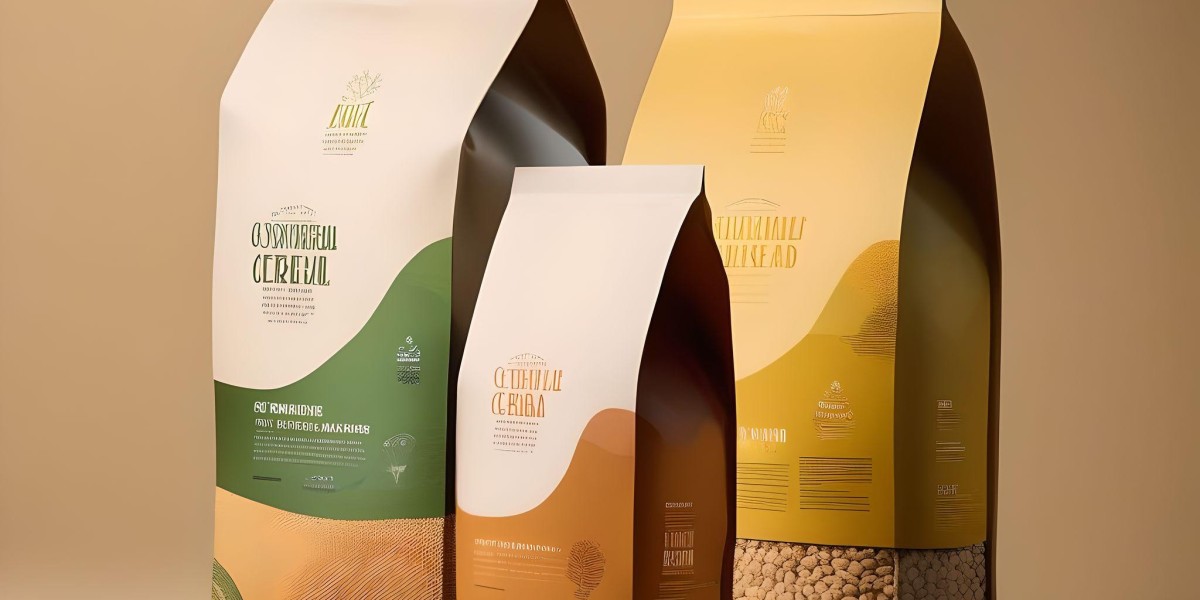packaging design is a vital part of a product’s overall strategy, going far beyond its practical role of protecting and containing. It is an integral marketing tool, influencing consumer choices, communicating brand values, and creating memorable experiences. The right packaging can increase sales, build brand loyalty, and set a product apart in a crowded marketplace. In this article, we will dive into the significance of packaging design and how it impacts consumer behavior and brand identity.
1. Attracting Attention
In a world filled with endless options, packaging is often the first touchpoint a consumer has with a product. Effective packaging design is visually striking and draws the eye, whether in a store or online. It needs to stand out on shelves or in digital listings, making the product more noticeable and appealing. Bold colors, unique shapes, and attractive graphics are essential elements that help grab attention and make the product irresistible.
2. Reflecting Brand Identity
Packaging design is a powerful way to communicate a brand’s identity. It acts as a visual representation of the brand’s core values, tone, and personality. Whether it’s luxurious, eco-conscious, or playful, the packaging must align with the message the brand is trying to convey. For example, a high-end product may feature elegant, minimalist packaging, while a fun, youth-oriented product might use bright, colorful designs. Consistency in packaging design reinforces brand recognition and helps consumers instantly identify the product.
3. Functional and Practical Design
While aesthetics are important, packaging also needs to serve a functional purpose. It must protect the product and ensure it arrives safely in the hands of the consumer. Beyond protection, good packaging design also considers ease of use. Features like resealable bags, easy-open tabs, or portion-control mechanisms enhance the user experience. Consumers value packaging that’s not only visually appealing but also convenient and practical for everyday use.
4. Sustainability Considerations
With growing environmental awareness, sustainability in packaging design is more important than ever. Consumers are increasingly making decisions based on the eco-friendliness of packaging, preferring recyclable, biodegradable, or reusable options. Packaging made from sustainable materials, such as plant-based plastics or recycled paper, reduces environmental impact and appeals to eco-conscious buyers. Brands that prioritize sustainability in their packaging design demonstrate a commitment to both the environment and social responsibility.
5. Brand Storytelling through Packaging
Packaging is a unique canvas for storytelling. It provides an opportunity to convey a brand’s history, mission, and values directly to consumers. Whether it’s a fun anecdote about the product’s creation or information about its origins, packaging can communicate a deeper connection with the consumer. Telling a compelling story through packaging creates an emotional connection with customers, fostering brand loyalty and encouraging repeat purchases.
6. Differentiating from Competitors
In a competitive marketplace, standing out is crucial. Unique and creative packaging designs help set a product apart from its competitors, making it more likely to be noticed and chosen. Whether it’s an innovative box shape, an eye-catching graphic, or an unexpected material, differentiation through design can make a big impact. When consumers are presented with numerous similar products, packaging often plays a decisive role in the purchasing decision.
7. Influencing Perceptions and Emotions
Packaging design has the ability to influence consumer perceptions and emotions. Colors, textures, and fonts all play psychological roles in shaping how a product is perceived. For instance, the color red may evoke excitement or urgency, while blue may signal trust and reliability. Packaging that communicates a sense of luxury or quality through materials and design can elevate the perceived value of a product, encouraging consumers to make a purchase based on their emotional connection with the packaging.
8. Creating a Memorable Experience
Packaging design contributes to the overall experience of using a product, and this experience is something that consumers will remember. The unboxing experience, for example, has become an important part of the consumer journey. A thoughtfully designed package that surprises and delights customers can turn them into brand advocates, who share their experience on social media and recommend the product to others. Brands that prioritize memorable experiences through packaging create lasting impressions that go beyond the initial purchase.
9. Digital and E-Commerce Packaging
As online shopping continues to rise, packaging design must also consider e-commerce needs. It’s not just about how the packaging looks in person—it must also photograph well for online listings and attract potential buyers browsing digital stores. In addition, packaging for e-commerce must be durable enough to withstand shipping and handling. Packaging that protects the product during transit and arrives in perfect condition enhances customer satisfaction and reduces the risk of returns.
10. Typography and Visual Elements
Typography and visual elements like logos and graphics are key components of effective packaging design. The choice of font conveys a product’s tone—whether it’s sophisticated, playful, modern, or classic. Logos and other graphics should be clear, memorable, and aligned with the brand’s identity. The visual elements should work together cohesively, ensuring the overall design feels balanced and professional, providing the right messaging to the consumer.
Conclusion
Packaging design is an essential part of any product’s success. It’s not just about creating something that holds the product; it’s about crafting an experience that resonates with consumers, communicates the brand’s values, and differentiates the product in a competitive market. A well-designed package can attract attention, build emotional connections, protect the product, and elevate the brand’s identity. Whether through color, functionality, sustainability, or storytelling, packaging plays a key role in driving consumer behavior and creating brand loyalty.




